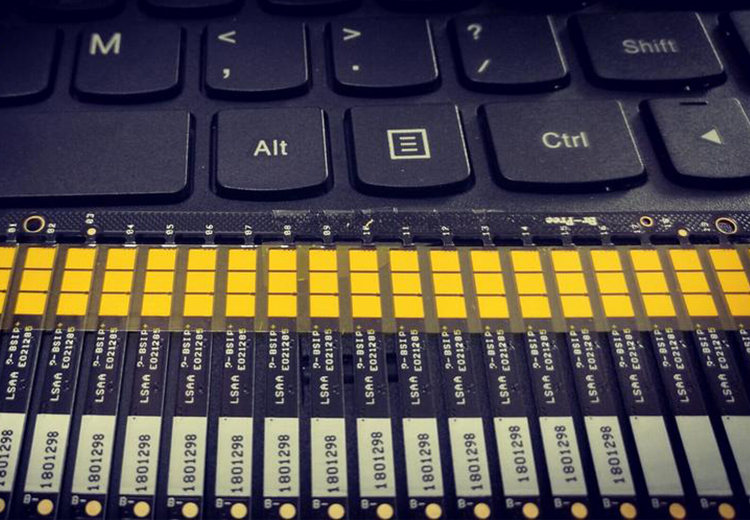Spray coding is a technology used to print text, graphics, barcodes, and other information on the surface of products or packaging. A inkjet printer utilizes inkjet technology to spray ink onto the surface to be printed, thereby achieving the process of marking and encoding. The following will provide a detailed introduction to the principle and application of the inkjet printer.
一、The principle of inkjet printer
1. Inkjet nozzle: Inkjet printers use inkjet nozzles, which usually include two types: micro nozzles and small character nozzles. These nozzles achieve high-precision printing by controlling the inkjet of tiny nozzles.
2. Ink system: The ink system of the inkjet printer includes components such as ink cartridges (ink cartridges), nozzles, inkjet valves, etc. Ink is sprayed onto the printing surface through inkjet nozzles to form the desired graphics and text.
3. Control system: Inkjet printers are usually equipped with a control system that can set parameters such as printing content, printing speed, font size, inkjet position, etc. The control system achieves accurate control of the printing process through programming or human-machine interface.
4. Printing position control: The inkjet printer detects the position of the product or packaging through sensors and other devices to ensure the accuracy and consistency of printing.

二、Application of inkjet printers
1. Food industry: Spraying codes on food packaging can print information such as production date, shelf life, barcode, batch number, etc., which helps trace product production information and ensure product safety and compliance.
2. Pharmaceutical industry: Spray coding on drug packaging can print important information such as drug batch number, production date, expiration date, etc., facilitating drug management and traceability.
3. Beverage industry: Spraying codes on beverage bottles and packaging can print information such as production date, shelf life, brand logo, etc., helping with management and market traceability.
4. Cosmetics industry: Spraying codes on cosmetic bottles and packaging can print product names, production dates, ingredient information, etc., which helps consumers understand product information.
5. Daily chemical products industry: Spraying codes on packaging of laundry detergent, shampoo, shower gel and other products can print production dates, usage methods and other information, improving the efficiency of product management.
6. Electronic and electrical industry: Spraying codes on electronic and household appliances can print product models, production batches, identification codes, and other information, which helps with product management and anti-counterfeiting.
7. Industrial manufacturing: Printing codes on packaging bags, cardboard boxes, plastic products and other industrial products can print product models, production dates, batch numbers and other information, which helps with product traceability and management.
8. Logistics industry: Spraying codes on packages can print logistics information, sender and receiver information, barcodes, etc., which helps with logistics tracking and management.
The above is an introduction to the principle and application of inkjet printers. Inkjet technology has a wide range of applications in production, packaging, logistics, and other fields, which can improve the efficiency and accuracy of product identification, promote production information traceability and management.
Some content is reposted from the internet. Copyright belongs to the original authors. If infringement occurs, please contact us for removal. Content involving franchising or investment carries risks - exercise caution when making decisions.






